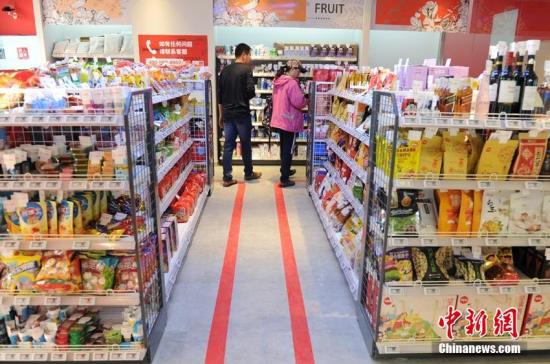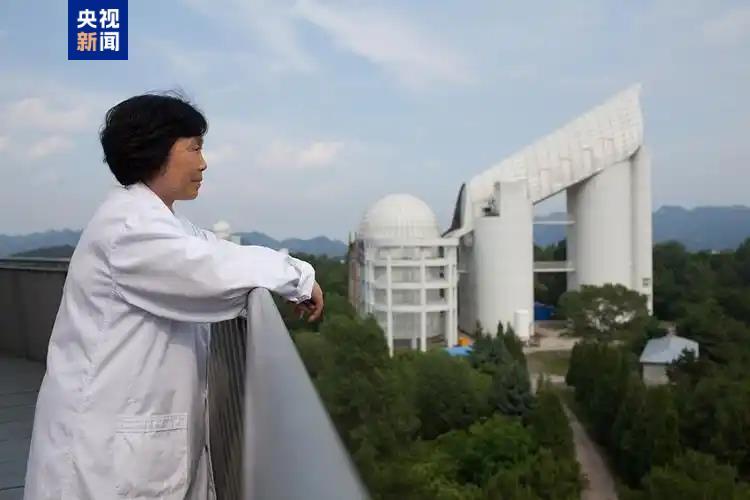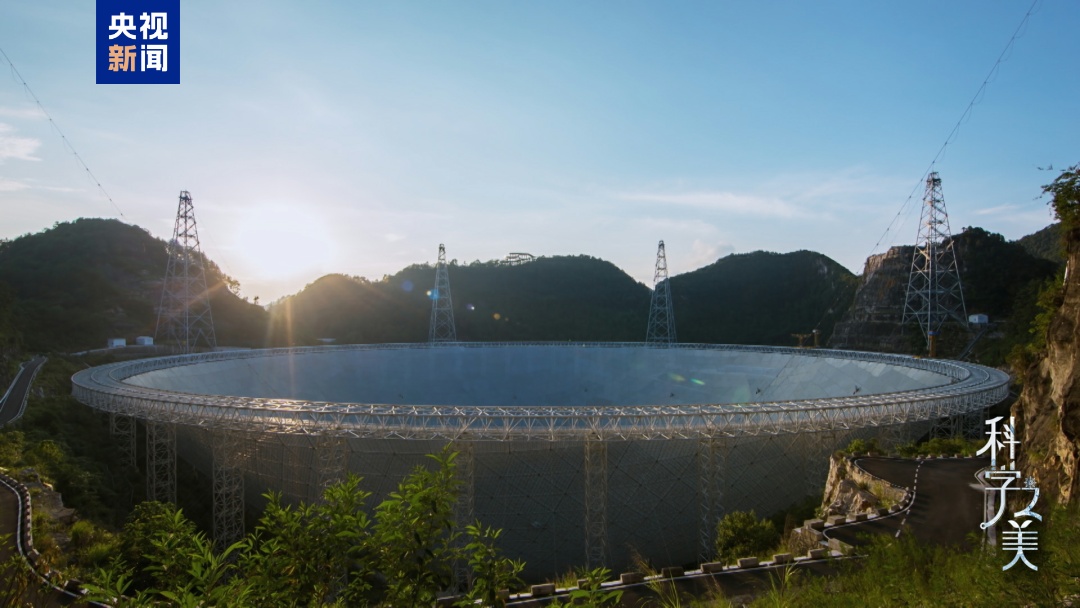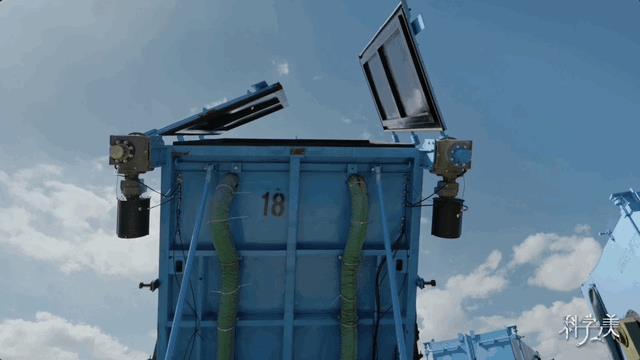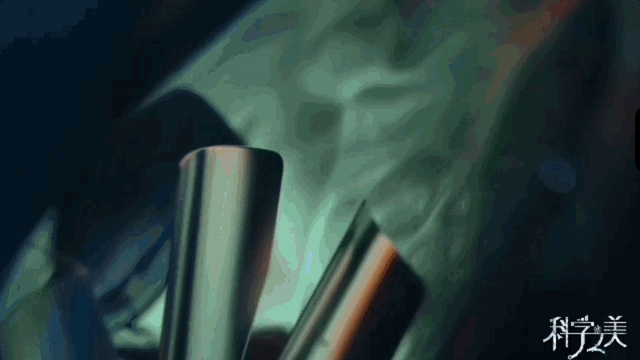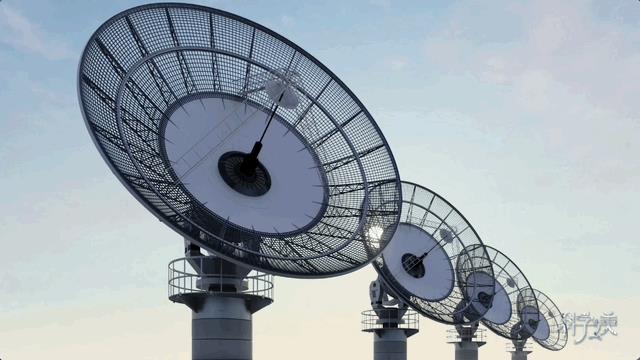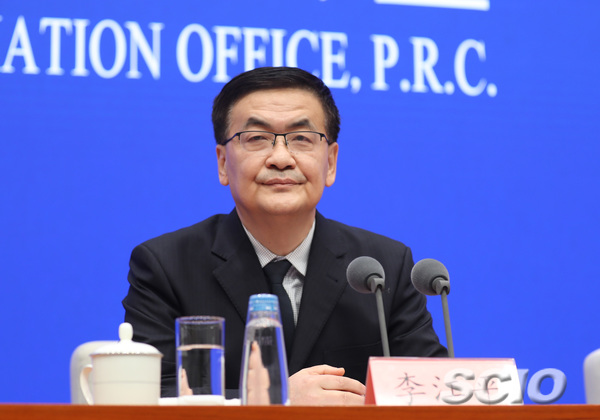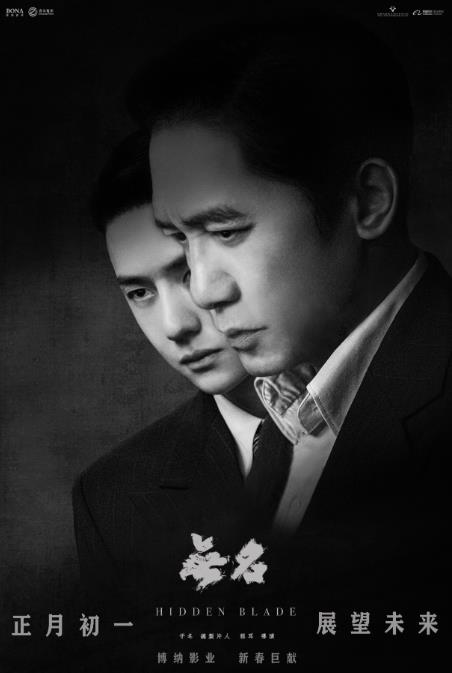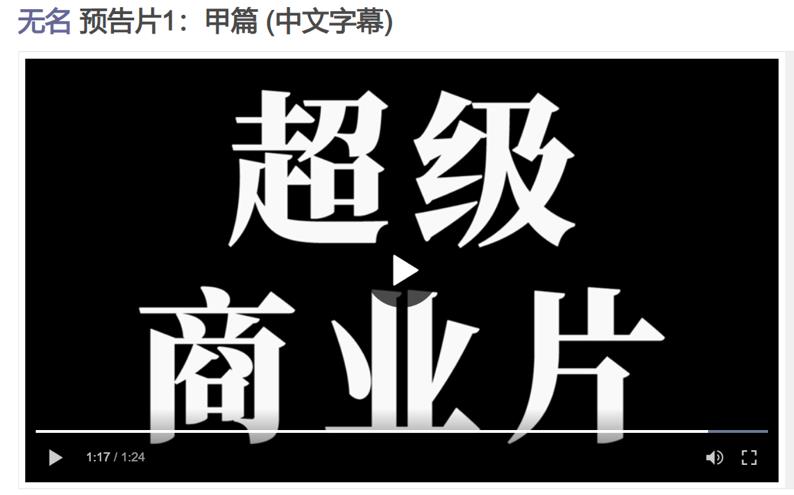Editor’s note:"Good health is the capital of revolution", but in busy life, people are often busy with work and eager to socialize, but they ignore the geomantic treasure of good health. In fact, with a little attention and early prevention, health is around us. People’s Health Network launched the column "Know early and know early" to collect and sort out the health knowledge that you usually ignore, be your health think tank, and carry out health with you to the end!
Breathing through your mouth will make you "stupid"
Breathing with your mouth open doesn’t mean that you can breathe in more oxygen. On the contrary, it will affect your breathing because of the wrong way of breathing, which will oppress your nose and leave your brain in a state of hypoxia. If the oxygen intake is not enough, the quality of sleep will be poor, people will easily doze off during the day, lose concentration, and even their intelligence will be slightly affected.
Especially for children under the age of 14 who are in the period of growth and development, their physical development and the development of the nervous system and brain will be affected. If they miss the critical development opportunity, their memory will be reduced, their thinking will be inattentive, their reaction will be slow, and they may gradually become "stupid".
As long as children are found to be breathing through their mouths when they are sleeping, watching TV and staring blankly, parents must pay attention. One more thing, children sleep very noisily at night, tossing and turning, and even snoring, which is also a danger signal. Parents must take their children to see a doctor in time to find out what causes them to breathe through their mouths.
Do you breathe through your mouth when you sleep?
How to judge how you breathe? The Japanese Physical Maintenance Association wrote an article introducing the common manifestations of patients with oral respiration. Everyone can test themselves, which is more consistent, and some adjustments should be made during sleep.
When unconscious, the mouth is half open; Dry lips; When I wake up in the morning, my throat hurts burning; Unable to consciously move the nostrils; Relax and look in the mirror, and the corners of your mouth are always downward; Make a slurping sound when eating; Snoring; The thickness difference between upper and lower lips is large; The lower lip "covers the sky"; Irregular or protruding teeth; Used to chewing with unilateral teeth.
Compared with nasal breathing, oral breathers have seven adverse consequences: the virus directly enters the mouth without passing through the nasal cavity, and they prefer to catch a cold; Easy to dry in the mouth, less saliva and heavy bad breath; There is little saliva containing bactericidal ingredients, and I like to grow worm teeth; Pressing the throat during sleep, easy to snore, poor sleep quality; Hinder the growth and development of teenagers’ chins, and make the teeth arranged unevenly; Affect facial muscles and bones, making the face crooked; The sense of smell is the oldest sensory nerve, which is directly connected with the brain. Without air passing through the nasal cavity, the olfactory function of the brain will be dulled.
Patients can try to adjust their sleeping posture instead of lying on their backs; Don’t be too tired when exercising, choose the intensity that can make you gasp without opening your mouth; When sleeping, you can put special tape on your mouth.
Mouth breathing may "destroy the face value"
Mouth breathing has a great influence on a person’s face, which can’t be ignored, especially during the growth and development of teenagers’ faces.
First of all, there are two main reasons for mouth breathing: one is that the upper respiratory tract is blocked, and sinusitis, nasal polyps, turbinate hypertrophy, adenoid hypertrophy, tonsil hypertrophy, etc. cause respiratory tract blockage, so that you can’t breathe through your nose, but you can only breathe through your mouth; In another case, there is no disease, which is simply caused by bad habits.
If infected in childhood, the adenoids become swollen and inflamed, which may cause permanent hypertrophy of the adenoids. Adenoid hypertrophy will hinder nose breathing and affect the excretion of sinus, which is easy to suffer from sinusitis. Tonsils and adenoids are enlarged in childhood, reaching the peak at the age of 6 to 8, but with the increase of age, their volume will gradually shrink and generally degenerate at the age of 12.
If teenagers have some diseases of nasal cavity or adenoid tonsil, it will lead to poor nasal ventilation and then oral breathing. Mouth breathing has changed people’s original way of breathing, which makes the nasal cavity unable to ventilate normally and causes abnormal development. If the nasal cavity can’t breathe normally, people can only open their mouths to breathe, which will change the normal position of oral tissues. Changes in the position of lips and tongue will cause changes in teeth and maxilla. When breathing with the mouth open, the strength of buccal muscles on the dental arch will easily lead to the narrowing of the dental arch and abnormal tongue position, and the strength of buccal muscles on the maxillary dental arch will be strengthened, and the maxillary dental arch will gradually become narrow, and the upper teeth will lean forward, eventually forming buck teeth.
Raise your lungs and do more breathing exercises in autumn and winter.
Autumn and winter are the periods of high incidence of respiratory diseases, including colds, acute bronchitis, acute attack of chronic bronchitis and pneumonia. Breathing exercises can improve the symptoms of chest tightness, shortness of breath, dyspnea and wheezing in patients with respiratory diseases, realize the adjustment and entry of breath in the body, improve the function of human viscera, and thus improve the immunity of the body. Clinical research shows that breathing exercises can obviously restore lung function.
There are seven sections of breathing exercises, and the specific methods are as follows:
Lip contraction breathing
Objective: To prevent the small airway from trapping and narrowing during exhalation, so as to facilitate the discharge of air in alveoli.
Methods: Inhale with the nose, close your lips lightly when exhale, and exhale slowly, with your mouth whistling.
abdominal respiration
Objective: To enhance diaphragm strength, reduce airway resistance, increase tidal volume, and improve hypoxia and carbon dioxide retention.
Methods: Put your right hand on your belly button and your left hand on your chest. When inhaling, expand the abdomen outward to the maximum extent and keep the chest still. When exhaling, contract the abdomen inward as much as possible and keep the chest still.
Hold one’s breath
Objective: To prolong the exchange time of oxygen and carbon dioxide in lung and make more oxygen enter the blood.
Methods: Inhale, hold your breath for 3 seconds, turn your head to the right and exhale. Inhale, hold your breath for 3 seconds, turn your head to the left and exhale.
Stretch breathing
Objective: To increase lung function and relieve shoulder and neck pain.
Methods: straighten your arms, raise your head forward and upward gradually, and inhale deeply at the same time; Then put your arms together, lean forward and exhale deeply. (Note: Try to breathe by abdomen. )
Press and knead to welcome incense.
Objective: To relieve rhinitis, toothache and cold.
Methods: Flex the thumb with both hands and massage Yingxiang point with the first knuckle (Yingxiang point is opened next to the midpoint of the outer edge of the nose, which is in the nasolabial groove).
Push the wind pool
Objective: To relieve headache, neck ache and stiff neck.
Methods: With the palm of your hand spread out, push the ipsilateral posterior occipital Fengchi point with the side of the little finger joint or thenar respectively (Fengchi point is parallel to the earlobe on both sides of the major tendon behind the head and forehead), commonly known as pushing the major tendon to achieve a sense of pain.
Chest percussion
Objective: With the help of the vibration and gravity produced by tapping, the secretions stranded in the airway can be discharged.
Methods: The fingers of both hands were bent together to make the palm of the hand cup-shaped, and the chest wall was rapped rhythmically with wrist strength.
Relieve anxiety and try abdominal breathing.
When we are nervous and anxious, not only the brain will be nervous and anxious, but also the breathing will become rapid, especially the heart beating will be accelerated. If we can take certain measures to make our breathing smooth first, then our heart will calm down and our emotional tension and anxiety will disappear.
Abdominal breathing relaxation training can achieve this goal.
Abdominal breathing relaxation training is to focus on the abdomen and breathe with it, so that the chest and lungs can be filled with more oxygen. There are six steps in the training process:
The first step is to find a quiet place. When practicing, you can sit, stand or lie down with your eyes open or closed. Try to make yourself feel calm and comfortable.
The second step is to focus your thoughts on your abdomen (from the third centimeter below the navel to the abdomen) and focus on your breathing. Then, put a hand on the abdomen, slowly take a long breath through the nasal cavity, and slowly count from 1 to 5 in your heart.
Step three, when you take a long breath slowly, try your best to expand your abdomen and imagine a balloon being filled with air. To a certain extent, you will feel that your lung tips will be filled with air.
Step 4: Hold your breath slowly, and then say 1, 2, 3, 4 and 5 in your mind.
The fifth step is to exhale slowly through the nasal cavity, while meditating 1, 2, 3, 4 and 5 in your mind. When exhaling, you should slowly contract your abdomen. Imagine a balloon deflating. You can slowly bend down to exhale to 90 degrees, and make sure that the air in your lungs is completely exhaled. You feel that your front abdomen and back are about to touch.
The feeling that the air is completely spit out is like suffocating, so you have to inhale quickly.
Step six, repeat the above process for seven times.
Anxious people can initially choose a fixed period of 2 ~ 3 times a day to practice, and after mastering the skills and reaching a relaxed state, they can do this kind of training anytime and anywhere. (People’s Health Network is integrated from Life Times, Health Times, Health News, Nanfang Daily)
☆ Recommended reading ☆
The longer you stand with your eyes closed on one leg, the longer you live. Remember 6 "micro" s if you want to live longer.
How to spend the "closed season"? Beginning of winter will do these three things later.
Can you become "stupid" if you don’t sleep well? Staying up late is more terrible than you think.
How to stabilize hypertension in autumn and winter? Abide by two principles
The taste that salty hurts the kidney and pungent hurts the lung determines the health of your five internal organs.
The root of all diseases! How many do you know about the nine hazards of obesity?
These dietotherapy assistants, such as controlling blood sugar and preventing thrombosis, have exquisite "skills"
Why is it easy to cough in autumn? Teach you the right thing to do
Did you do the fitness right? Six kinds of wrong exercises accelerate aging
